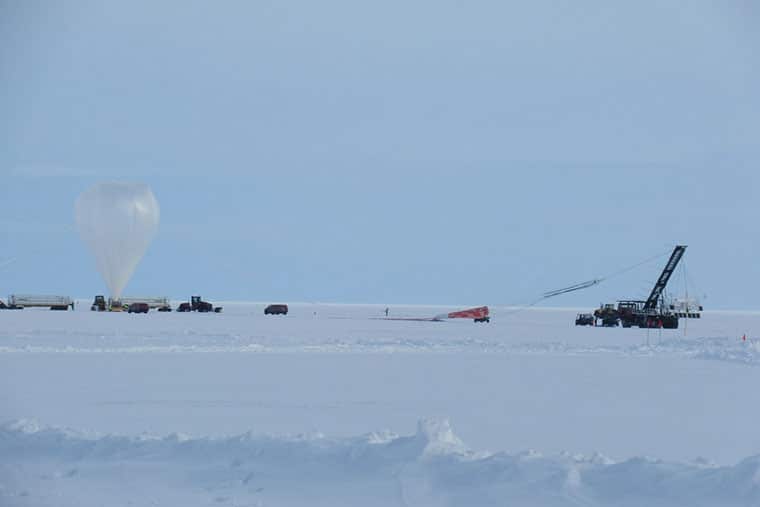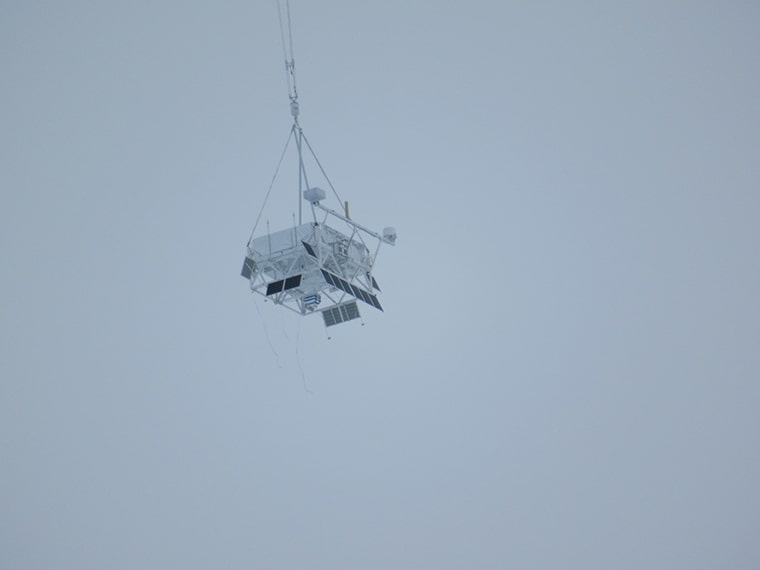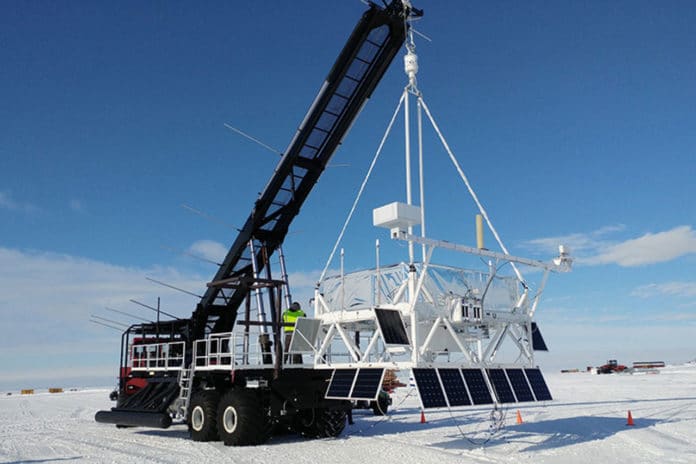Scientists at the Washington University in St. Louis in collaboration with Goddard Space Flight Center, California Institute of Technology Jet Propulsion Laboratory and the University of Minnesota, at McMurdo Station, Antarctica have successfully launched its SuperTIGER ((Super Trans-Iron Galactic Element Recorder) instrument to study the origin of cosmic rays. This cosmic ray telescope may help further our understanding of how these energetic particles are accelerated to attain a speed that is close to the speed of light.
The launch takes place under cloudy skies and temperatures of about 28 degrees Fahrenheit- at about 2:55 a.m. local time in New Zealand (7:55 a.m. U.S. Central time). A giant 39.5 million-cubic-foot scientific balloon was used to carry the instrument aloft.

The balloon will ultimately reach a height of about 129,000 feet — nearly four times the typical cruising altitude of commercial airliners. At this height, the detectors on SuperTIGER will fly above 99.5% of the atmosphere on Earth.
The outcoming data will help scientists to test emerging models of cosmic-ray origins in clumps of hot, massive, and relatively short-lived stars known as OB associations, as well as testing models for determining which particles will be accelerated from such associations.

The ballon also carrying four, smaller experimental devices that are piggybacked onto its core scientific payload. The list includes two experiments by Washington University researchers: one developed by James H. Buckley, professor of physics, called APT-Lite and another by Alex Meshik, a research professor of physics, to help solve a longstanding “xenon paradox.”
Brian Rauch, research assistant professor of physics in Arts & Sciences at Washington University and principal investigator for SuperTIGER said, “After three Antarctic seasons — with 19 launch attempts, two launches and one recovery of the payload from a crevasse field — it is wonderful to have SuperTIGER-2 finally reach float altitude and begin collecting scientific data. The third season is the charm!”
